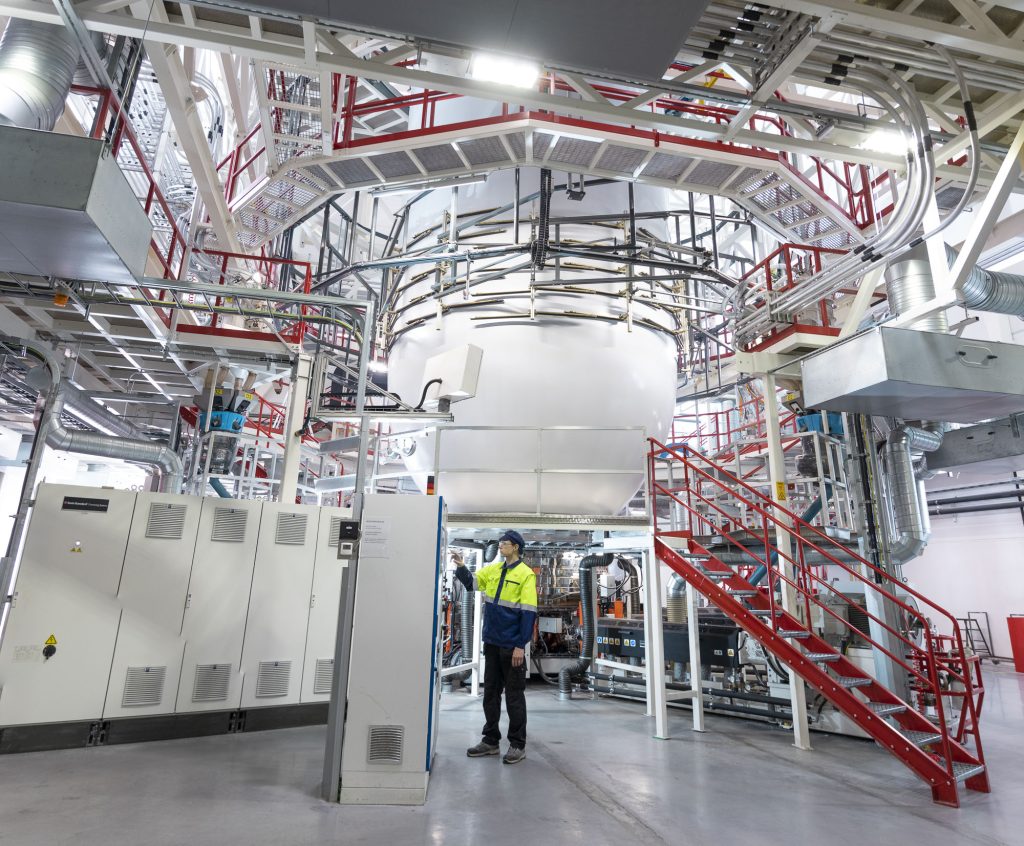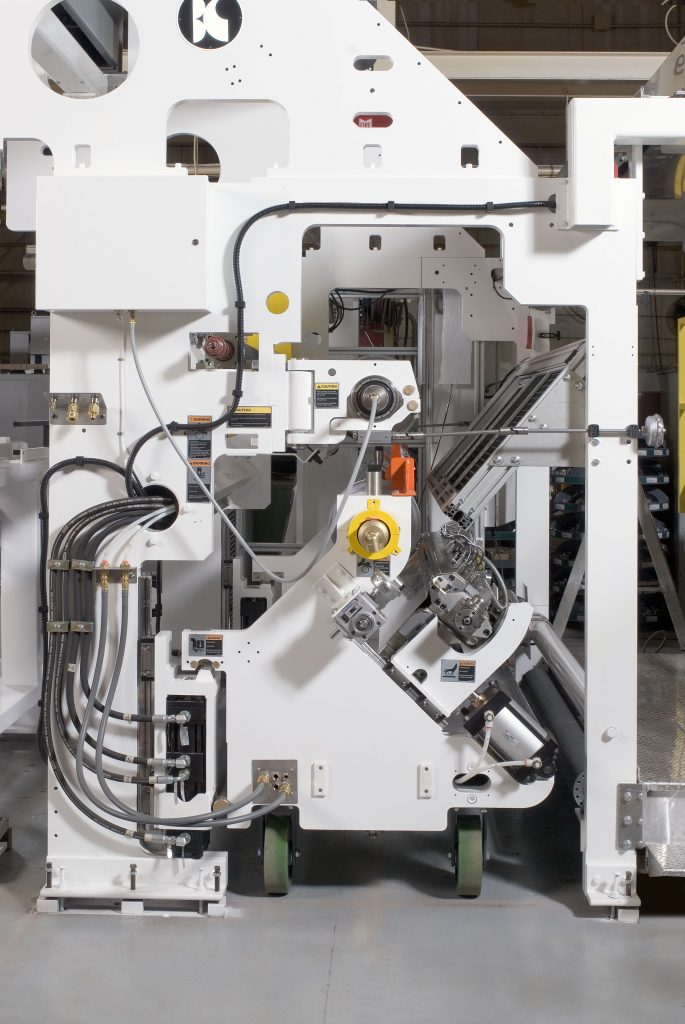Liquid Coating & Laminating Tips | Part II In the last blog, we provided tips to help establish a...
Blown Film Die Coating Considerations and Options

When it comes to the right surface coating for your blown film die, cost and performance can make or break your bottom line. Traditional coatings typically require some give and take with one or the other in order to address various blown film applications. Every case is different with the die size and specific application (s) playing a critical role. In this blog, we’ll provide an overview of coating options for extrusion spiral dies beyond traditional chrome plating. This includes newer technologies such as PVD (physical vapor deposition) coatings as an alternative.
Historically, chrome and nickel plating have been the go-to for extrusion die surfaces. When processing corrosive materials such as PVC and PVDC, more corrosive resistant materials of construction are required. However, for applications with spiral profiles or for irregular non-symmetrical die-shapes, chrome plating is not always the best choice. Achieving uniform plating thickness can be challenging, often resulting in chrome build-up in critical function areas of the die. These build-ups must be removed manually, which can cause damage to the plating surface. Surface cracks can also occur, triggering corrosion of the base material. Nickel plating is another option and can be used for more complex geometry. Nickel plating provides a uniform plating thickness without build-up in critical areas. Nickel plating provides a non-porous coating but is not as durable as chrome plating.
The logical response to solving chrome plating issues is to manufacture die components from stainless steel. The stainless steel route is a higher-cost solution, yet also presents challenges due to its low thermal conductivity. Materials of construction containing high nickel content such as Hastelloy or Inconel have outstanding chemical resistant, properties suitable for a range of applications, but at an even higher cost. Thus diminishing its value as the most suitable solution for processors.
Enter PVD coatings into the conversation. Several companies specializing in PVD coating technology have developed multi-layered coating solutions for plastics processing. Potential benefits depending on die size and application include:
-
- Even coating thickness
- Improved surface hardness
- Better structural integrity
- Higher wear and corrosion resistance
- Less polymer adhesion
- Environmentally friendly
PVD addresses concerns associated with chrome plating, yet it is still a competitive substitute for stainless steel and Hasteloy materials. Specific to extrusion dies, PVD multi-layer coatings have been shown to eliminate base material corrosion, minimize material degradation, increase die run-time between cleanings, and support potential throughput increases. Maintenance is also faster and easier. That being said, PVD has limitations when it comes to uniform coating through the deep holes found in a spiral mandrel die.
In summary, new coatings such as PVD are making in-roads and have yielded positive results. It’s worth exploring your options based on die size and application to determine chrome plating alternatives that suit your operation.
Please feel free to contact us if you want to discuss options.
Otherwise, feel free to reach out to service and support at +1 844 MYDAVIS or e-mail marketing if you have any other questions.


